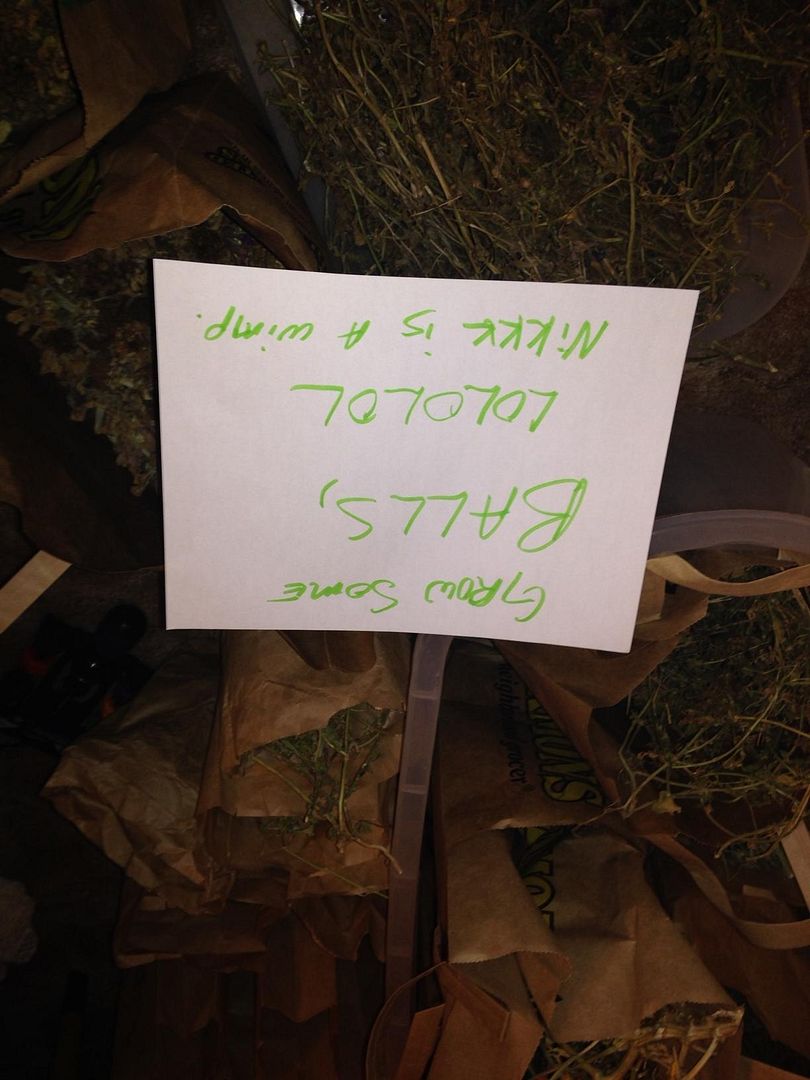Hotdog
Well-Known Member
Oh my, how did I miss this gem of a thread?
More times than anyone, I'm fairly sure.
... you're still a tool. Thanks for the newsflash.
Dude. I proudly post pictures of my garden and of the 1,000+ flowers that I grew from seeds last year on a regular basis. Want to see what I have right this second on the side of my bed? Here:

Yup, all of my seeds from last year that I didn't have time to actually take from the flowers (sudden move to STG, most of them weren't ready for harvest and I'll be shocked if I get 20% take). I'm a week away from loading up 30 or so trays with this years yard.
You've been here long enough to realize that calling you "Flower-Boy" is far from an insult... right? Maybe you just spend so much time being unfunny and obnoxious that you haven't. Now you know, you're welcome.
Translation:
I'm Butt-hurt that Trout made me feel bad for pointing out what a dumbass I am because I thought I'd win a court case Vs. T-Mobile. I don't know how to handle the fact that everything he said was pretty much true, so I'm just going to cry, piss, and then moan about it on teh webz.
If you're so concerned about how long your leash is, try being likable instead of a cry baby twit. I know, shocker, right?
I wish I knew how to take screen shots. I have saved all of my warnings/infractions/PM's from the past who-knows-how many years -- you know, sort of a memento thing -- and you might just be surprised at how much leniency I DO NOT get. If anyone has ever had a right to complain about the moderating, it would be me. It is no secret that Mr. Jason doesn't want me on his site and is more than happy to infract any post that gets reported. And yet... I'm still here. I'll say it again, maybe try to be a likable person instead of a worthless tool; you may be surprised how far it might get you.
Sorry bro. Ill try to be more likable.
My bad.
